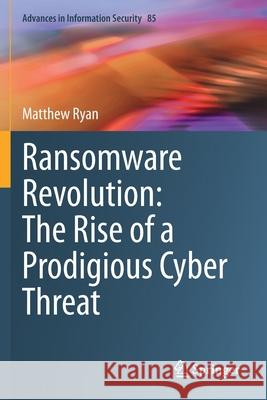Ransomware Revolution: The Rise of a Prodigious Cyber Threat » książka
topmenu
Ransomware Revolution: The Rise of a Prodigious Cyber Threat
ISBN-13: 9783030665852 / Angielski / Miękka / 2022 / 174 str.
Ransomware Revolution: The Rise of a Prodigious Cyber Threat
ISBN-13: 9783030665852 / Angielski / Miękka / 2022 / 174 str.
cena 724,58
(netto: 690,08 VAT: 5%)
Najniższa cena z 30 dni: 693,97
(netto: 690,08 VAT: 5%)
Najniższa cena z 30 dni: 693,97
Termin realizacji zamówienia:
ok. 22 dni roboczych
Bez gwarancji dostawy przed świętami
ok. 22 dni roboczych
Bez gwarancji dostawy przed świętami
Darmowa dostawa!
Kategorie:
Kategorie BISAC:
Wydawca:
Springer
Język:
Angielski
ISBN-13:
9783030665852
Rok wydania:
2022
Ilość stron:
174
Waga:
0.25 kg
Wymiary:
23.39 x 15.6 x 0.94
Oprawa:
Miękka
Wolumenów:
01
Dodatkowe informacje:
Wydanie ilustrowane











